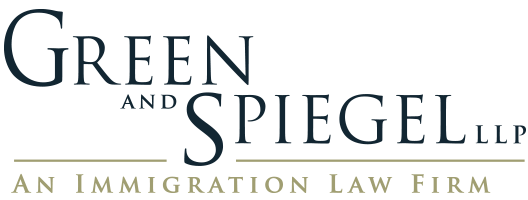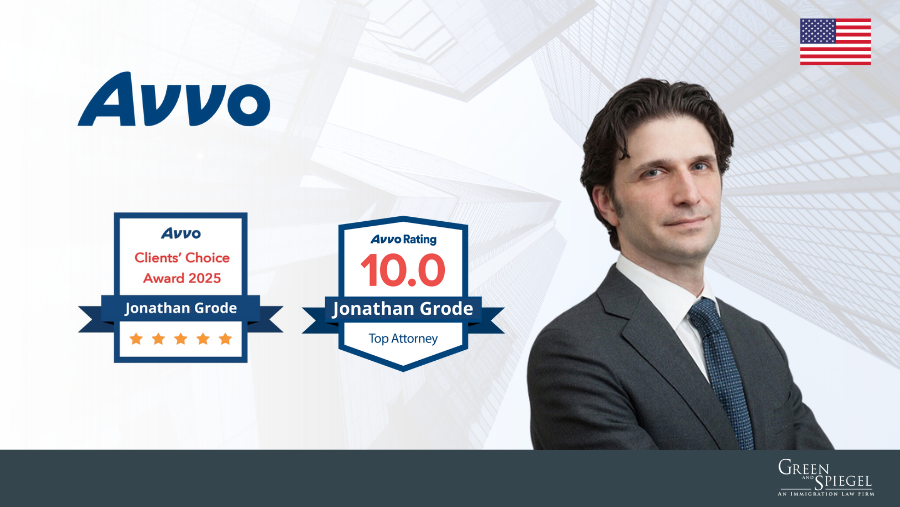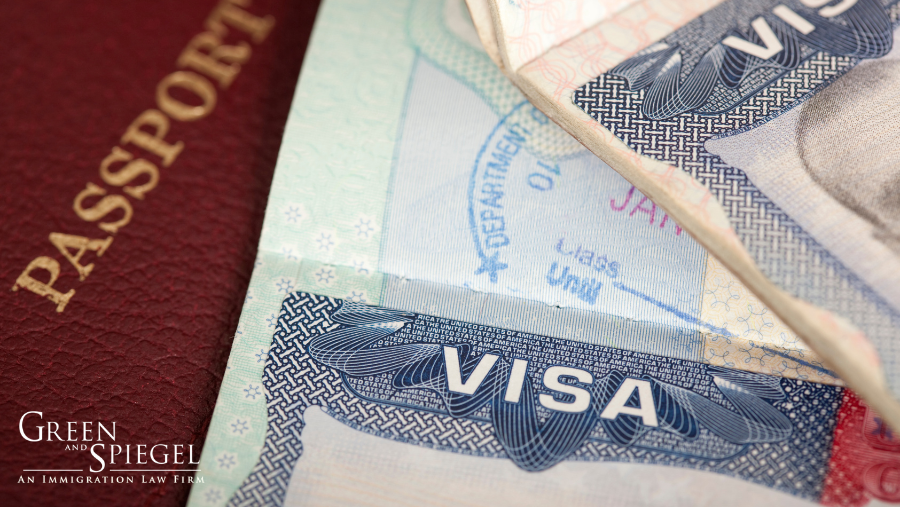On October 7, 2020 The U.S. Department of Homeland Security (DHS) announced an Interim Final Rule (IFR) designed to tighten the H-1B visa program (and other Labor Condition Applications visa processes) in order to make it more difficult for employers to displace U.S. workers. The IFR, which will have a 60-day delayed effect and a 30-day comment period, will:
- Narrow the definition of “specialty occupation” to include only those occupations that require a specialized degree or equivalent experience;
- Impose tighter hiring requirements to prevent the displacement of the U.S. workers especially for third party worksite placements; and
- Enhance DHS’s ability to enforce compliance through worksite inspections and monitor compliance before, during, and after an H1-B petition is approved.
Also on October 7, 2020, the U.S. Department of Labor (DOL) announced an IFR designed to reform the prevailing wage methodology used by the DOL in several foreign worker programs, including the H-1B, H-1B1, E-3, and PERM Labor Certification processes. This rule will become effective on October 8, 2020.
Under current law, employers who seek to temporarily employ foreign nationals in the H-1B, H-1B1, and E-3 nonimmigrant classifications, must certify by means of a Labor Condition Application (LCA) that intended foreign workers will be paid no less than the“prevailing wage” for the occupational classification in the area of intended employment. The “prevailing wage” is defined as the average wage paid to similarly employed workers in a specific occupation in the geographic area of intended employment. The DOL applies a four-tiered wage level structure, representing the range. To arrive at a specific prevailing wage for each level the DOL applies a formula where each of the four levels represents a particular percentile of the average wage for a given occupation. Under current rules, the Level I (entry level) prevailing wage is set at the 17th percentile of the average wage for the occupation. Under the new regulation, the entry-level minimum will increase to the 45th percentile – just under what is today the minimum salary for a Level III occupation. Level IV prevailing wages increase from the 67th to the 95th percentile.
LCAs filed on or after October 8 will be subject to the new and higher wage minimums. LCAs filed and pending before October 8 will be reviewed under the current prevailing wage structure.
The new rule will also apply to the PERM Labor Certification process, by which employers must seek to recruit U.S. workers for the position using a prevailing wage issued by the DOL and, if no willing, available, and qualified U.S. workers are found, promise to pay the foreign worker at least the prevailing wage for the position. PERM prevailing wage determinations issued on or after October 8 will be subject to the new wage structure. Determinations issued before October 8 will be based on the current prevailing wage structure. Prevailing wage determination requests pending on October 8 will be subject to the new regulation.
Unlike the DHS rule, the DOL rule has no comment period, but rather goes into effect immediately on October 8. It is expected that the rule will be challenged and could be enjoined in a Federal Court filing because the standard rule making protocol was not followed and an urgent justification for the change was not established (the government has suggested COVID-19 as the basis).
For additional information about these regulatory changes, please contact the attorneys at Green & Spiegel, LLC at (215) 395-8959 to best understand your options.




